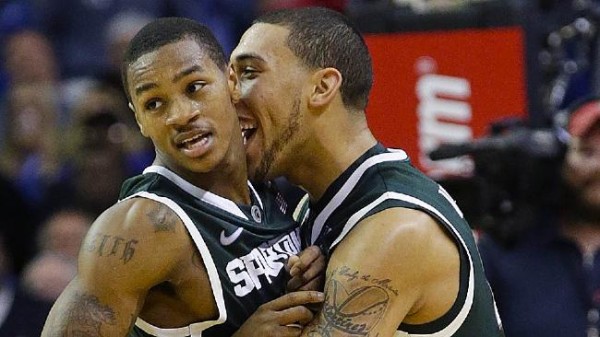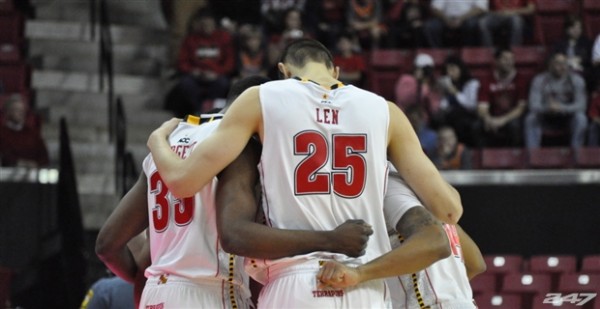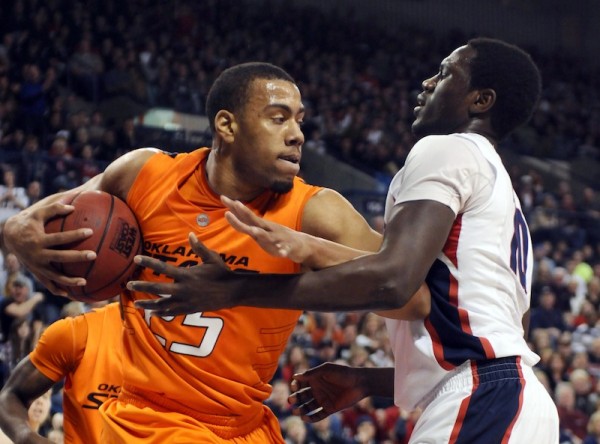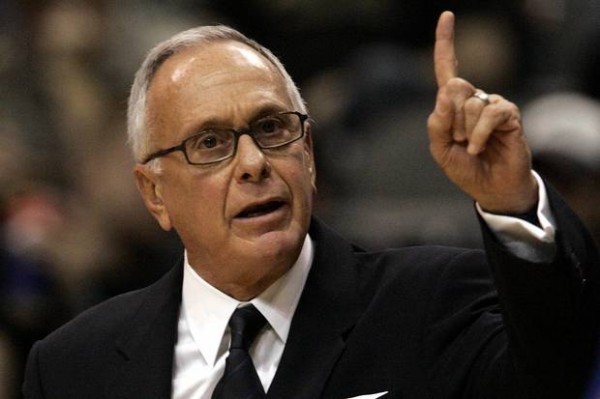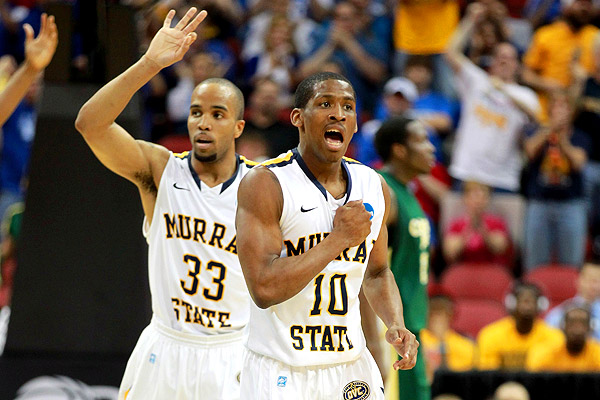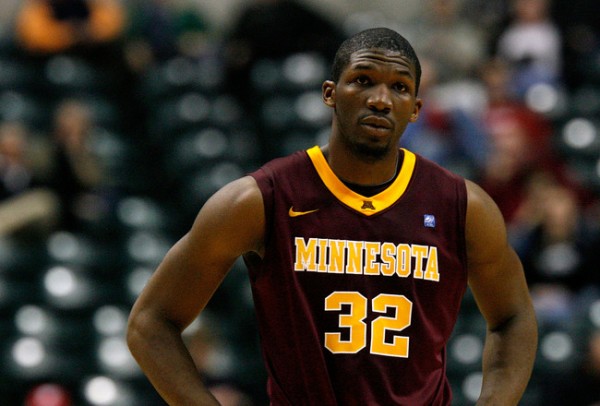Night Line: Even in an Off Night, Freshman Arcidiacono Impresses During Villanova Victory
Posted by EJacoby on November 16th, 2012Evan Jacoby is a regular contributor for RTC. You can find him @EJacobyRTC on Twitter. Night Line runs on weeknights during the season, highlighting a major storyline development from that day’s games.
In what can only be characterized as a chaotic game, Villanova used overtime on Thursday night to defeat Purdue, 89-81, in the second semifinal of the 2kSports Classic in Madison Square Garden. The two teams combined to commit 55 fouls and both shot under 40% from the field in a game that was equal parts sloppy and entertaining due to the back-and-forth play between two young teams. One consistent throughout the night, however, was the playmaking ability displayed by the Wildcats’ freshman starting point guard Ryan Arcidiacono. The 6’3″ guard played the worst game of his early Villanova career yet still scored 18 points with six assists and led all players with 39 minutes played. Missed shots and over-aggressive turnovers plagued him for much of the night, yet he easily made up for his mistakes with complete control of the ‘Nova offense and clutch free throws down the stretch. Like all young players, Arcidiacono will suffer some growing pains but it looks like Jay Wright has found a keeper and a future Big East star in his new point guard.
The rookie guard shot just 3-14 from the field on Thursday while committing seven turnovers, several of which led to easy scores for Purdue in transition. But Arcidiacono’s mistakes were a function of his aggressive mentality, relentlessly seeking to attack weak spots in the defense and create scoring opportunities for himself or his teammates. There’s simply a buzz when the rookie has the ball in his hands, like something good is going to happen for his Wildcats. ‘Arch,’ as coach Wright calls him, has tremendous dribbling skills and one-on-one ability with the ball while constantly keeping his head up to find open teammates when the defense sends help to contain his drives. He has deep range on his shot that keeps defenders honest and good size at 6’3″ to finish in traffic near the rim. His shots weren’t falling on Thursday – he didn’t convert a single field goal in the second half after shooting 3-4 in the first – but he still put pressure on the Boilermakers throughout the night with his command of the offense. And, most importantly on this night, Arch is a fantastic free-throw shooter who rarely misses at the line. He shot 9-10 from the stripe and it was the freshman’s two clutch freebies with 44 seconds to play in regulation that tied the game at 75-75 and sent this one into overtime, where ‘Nova took control in the extra session.
































